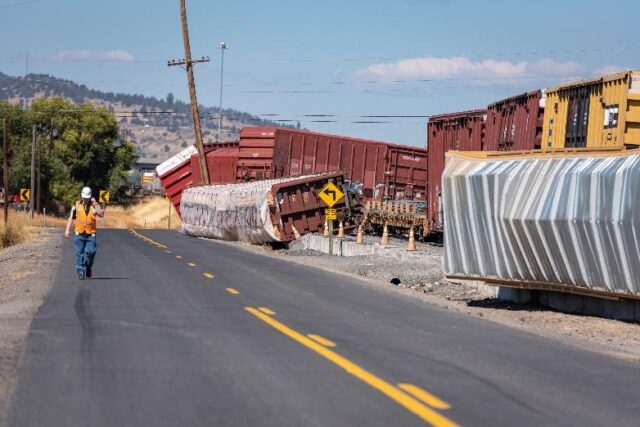
Unfortunately, the Occupational Safety and Health Administration (OSHA) reports that approximately one-third of all workplace injuries resulting in missed work days are attributed to lifting injuries. Of course, this is prevalent within the railroad industry, as most of its professions entail some level of heavy lifting. As one way of putting it, you must watch your back during railroad work. Without further ado, please follow along to find out how to prevent this from happening to you, and how one of the proficient railroad lifting injury lawyers at Hildebrand McLeod & Nelson LLP can come to your aid in the unfortunate event that it does.
How do I avoid getting a lifting injury during railroad work?
Unfortunately, OSHA does not impose specific guidelines for safe lifting practices for you to follow. However, they enforce the general duty clause, which holds that your railroad employer must protect you and other employees from serious physical harm caused by performing potentially dangerous tasks like heavy lifting.
For example, your employer should supply proper training before enlisting you in heavy lifting activities. Such training should teach you how to bend your knees, maintain a neutral posture, keep heavy loads close to your body, etc., when you lift. Also, they should provide you with adequate mechanical tools to take some of the load off this heavy lifting, including trucks and carts.
It is also worth mentioning that your employer should be familiar with the mathematical equation for assessing lifting risks by the National Institute for Occupational Safety and Health. This equation considers the weight of the load, how high it is lifted, if an employer will have to twist their body to move it, etc. They should not let you lift anything alone if the index exceeds three.
How might my employer be responsible for my lifting injury?
An employer may blame you for the injury that resulted from lifting something. However, at the end of the day, it may be their fault if they were negligent in creating a workplace environment that was vulnerable to lifting risks. This may be true if they breached the general duty clause in some capacity.
For one, they may not have rotated you between different job tasks on the railroad. Or, they may not have hired enough employees to cycle with. Lastly, they may not have given you enough breaks during shifts or days off between shifts to recover from this extreme physical exertion. Sometimes, the repetitiveness of lifting actions is what causes a serious injury.
If this scenario relates to you, or a very similar one at that, you may have a solid case against your negligent railroad employer. You may turn this into a successful Federal Employers’ Liability Act (FELA) claim to recover from the economic and non-economic damages attributed to your lifting injury.
If you need help preparing for this upcoming FELA claim process, turn to one of the talented FELA lawyers. We at Hildebrand McLeod & Nelson LLP have gone through this countless times before, and we are ready to go through it again to support you.


